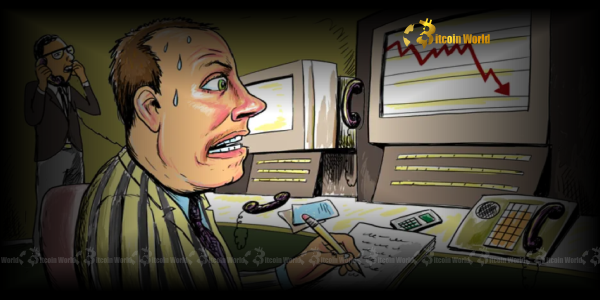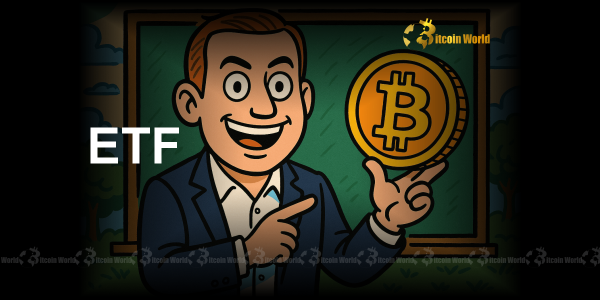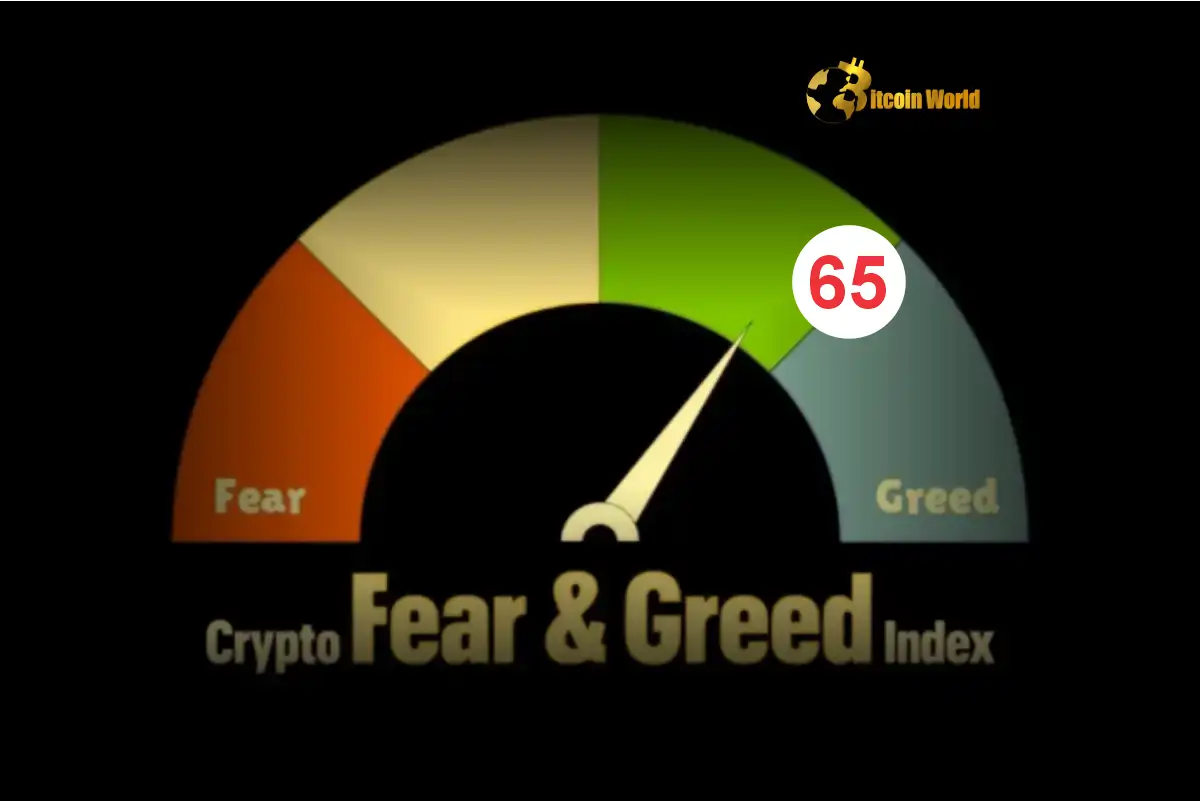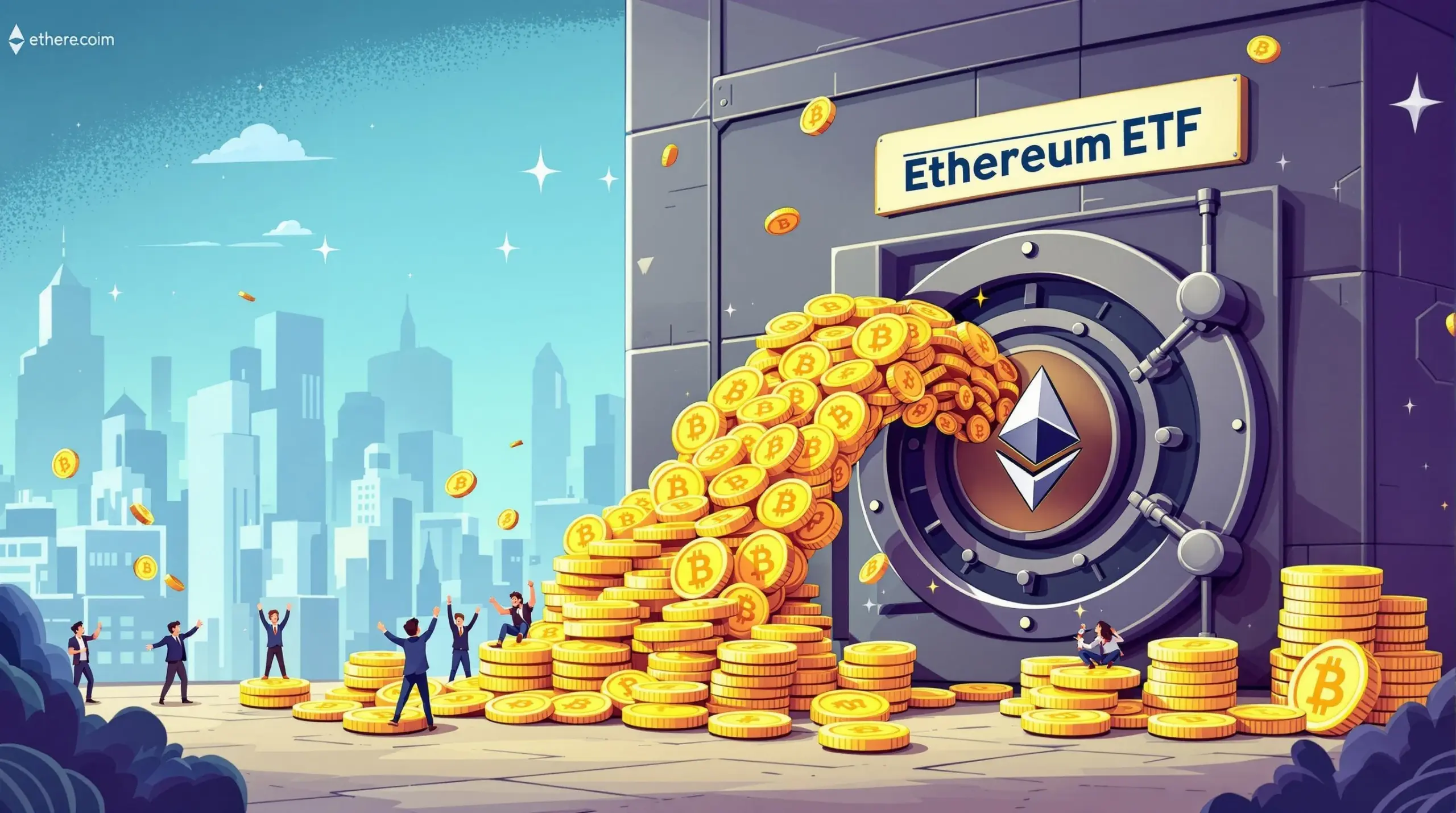BitcoinWorld
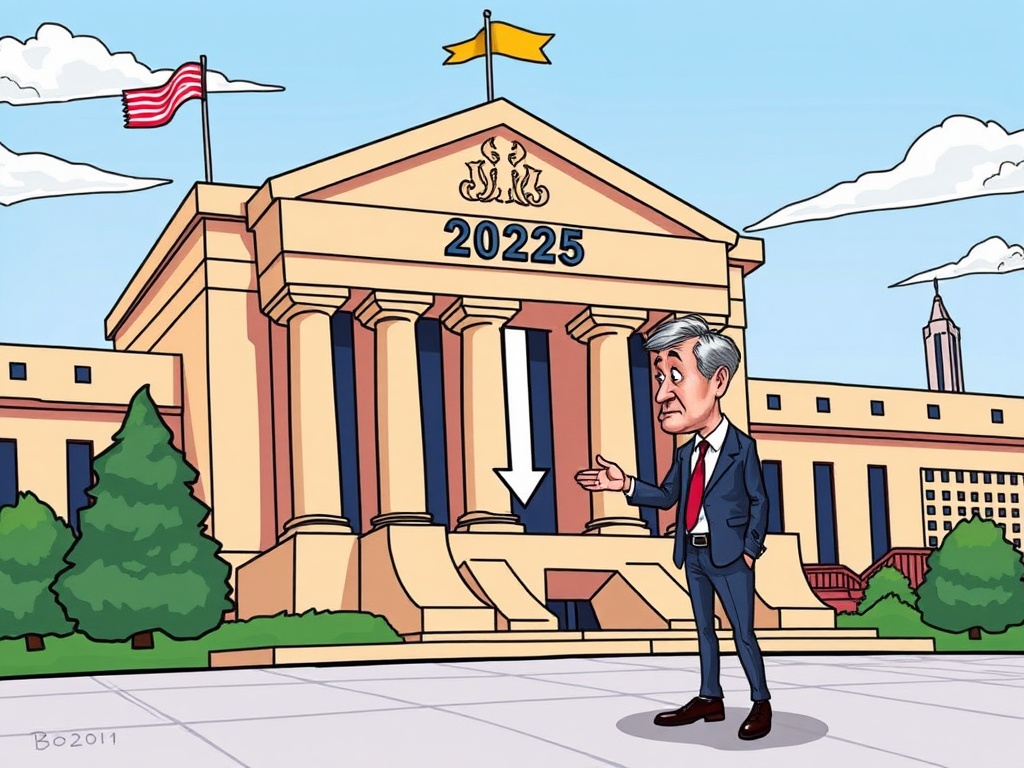
Crucial Fed Rate Cut 2025: Bostic’s Singular Vision for Economic Stability
The world of finance constantly watches for signals from central banks, especially concerning interest rate adjustments. Recently, a significant statement from a key Federal Reserve official has sparked discussions about the future. Atlanta Fed President Raphael Bostic has provided a clear perspective on the potential for a Fed rate cut in 2025, suggesting a cautious approach to monetary easing. This insight is crucial for anyone tracking the trajectory of the global economy and its impact on markets.
Bostic’s Stance on Fed Rate Cut 2025: A Singular Vision?
Atlanta Fed President Raphael Bostic recently shared his view that a single Fed rate cut in 2025 remains the most appropriate path forward. This perspective, as reported by JinSe Finance, highlights a cautious stance within the Federal Reserve regarding the pace of monetary policy adjustments. Bostic’s outlook is not a definitive promise but rather a conditional assessment. He emphasizes that this solitary cut hinges significantly on the continued strength and stability of the labor market.
This measured approach suggests that while inflation may be moderating, the Fed is keen to avoid premature easing that could reignite price pressures. His comments offer a glimpse into the internal deliberations shaping future decisions on US interest rates. It underscores the Fed’s commitment to data-dependency, prioritizing robust economic indicators over aggressive timelines for rate reductions.
What Factors Shape US Interest Rates Decisions?
Understanding the Federal Reserve’s decision-making process for US interest rates involves looking at several key economic indicators. The Fed’s dual mandate is to achieve maximum employment and price stability. Therefore, they closely monitor:
- Inflation Data: The Consumer Price Index (CPI) and Personal Consumption Expenditures (PCE) are crucial. The Fed aims for 2% inflation over the long run.
- Employment Figures: Non-farm payrolls, unemployment rates, and wage growth provide insights into the health of the labor market. A stable labor market is key for Bostic’s outlook.
- Economic Growth: Gross Domestic Product (GDP) reports indicate the overall health and expansion of the economy.
These factors collectively inform the Federal Open Market Committee (FOMC) on whether current interest rate levels are appropriate or if adjustments are necessary to steer the economy toward its goals.
Navigating the Broader Monetary Policy Outlook
Bostic’s view of one Fed rate cut in 2025 is one voice among many within the Federal Reserve. The broader monetary policy outlook is often a complex mosaic of differing opinions and forecasts from various FOMC members. While some officials might advocate for more aggressive cuts if inflation cools rapidly, others may prefer to hold rates higher for longer to ensure inflation is truly subdued.
This diversity of opinion is reflected in the Fed’s "dot plot," which visualizes individual members’ projections for future interest rates. The current consensus generally points towards a more gradual easing cycle than some market participants initially hoped for. The Fed remains committed to its strategy of observing incoming data closely before making any definitive moves, emphasizing patience in its approach to managing US interest rates.
The Critical Link Between Economic Stability and Labor Market Trends
The condition for Bostic’s projected single Fed rate cut in 2025 — a stable labor market — is paramount. A robust labor market, characterized by low unemployment and steady job creation, without fueling inflation, provides the foundation for overall economic stability. If the labor market shows signs of weakness, such as rising unemployment or significant job losses, the Fed might consider more aggressive rate cuts to stimulate the economy.
Conversely, if wage growth accelerates too quickly, it could signal inflationary pressures, prompting the Fed to maintain higher rates. Therefore, closely monitoring labor market trends is essential for predicting the Fed’s next steps. For businesses and individuals, understanding these dynamics can help in planning and making informed financial decisions in a changing economic landscape.
Conclusion:
Atlanta Fed President Raphael Bostic’s projection of a single Fed rate cut in 2025 underscores a cautious, data-dependent approach to monetary policy. His emphasis on a stable labor market as a prerequisite highlights the Fed’s commitment to balancing inflation control with economic growth. While this outlook suggests a slower pace of easing than some might desire, it reflects a strategic effort to ensure long-term economic stability. As the year progresses, all eyes will remain on key economic indicators, particularly labor market trends, to see if Bostic’s singular vision aligns with the broader consensus and the ultimate path of US interest rates.
Frequently Asked Questions (FAQs)
1. Who is Raphael Bostic and what is his role?
Raphael Bostic is the President and CEO of the Federal Reserve Bank of Atlanta. As one of the twelve regional Fed bank presidents, he is a voting member of the Federal Open Market Committee (FOMC), which sets US interest rates and influences monetary policy.
2. Why would the Federal Reserve consider a Fed rate cut in 2025?
The Federal Reserve considers cutting interest rates to stimulate economic growth. This typically happens when inflation is under control and the economy shows signs of slowing down, or to prevent a recession. Lower rates make borrowing cheaper, encouraging spending and investment.
3. What does "contingent on a stable labor market" imply for the Fed’s decision?
This condition means that the Fed wants to see continued healthy employment figures—low unemployment, steady job creation, and controlled wage growth—before cutting rates. A stable labor market ensures that easing monetary policy won’t reignite inflation and supports overall economic stability.
4. How might a single Fed rate cut in 2025 impact financial markets?
A single rate cut would generally be seen as a positive signal for markets, indicating the Fed believes inflation is under control and the economy is on a stable path. It could potentially lead to lower borrowing costs for consumers and businesses, boost stock market sentiment, and influence bond yields, though the impact might be modest given it’s a single cut.
5. Is Raphael Bostic’s outlook on the monetary policy outlook shared by all Fed officials?
No, the Federal Reserve’s policy decisions are a result of a consensus among FOMC members, and individual officials often hold differing views. Bostic’s projection of one Fed rate cut in 2025 represents his personal outlook, which contributes to the broader discussion but does not necessarily reflect the final, collective decision of the committee.
Did this article help you understand the Fed’s potential moves for 2025? Share your thoughts and spread the knowledge! Click the social media icons below to share this crucial update with your network and keep the conversation going.
To learn more about the latest US interest rates trends, explore our article on key developments shaping monetary policy outlook and its impact on economic stability.
This post Crucial Fed Rate Cut 2025: Bostic’s Singular Vision for Economic Stability first appeared on BitcoinWorld and is written by Editorial Team


